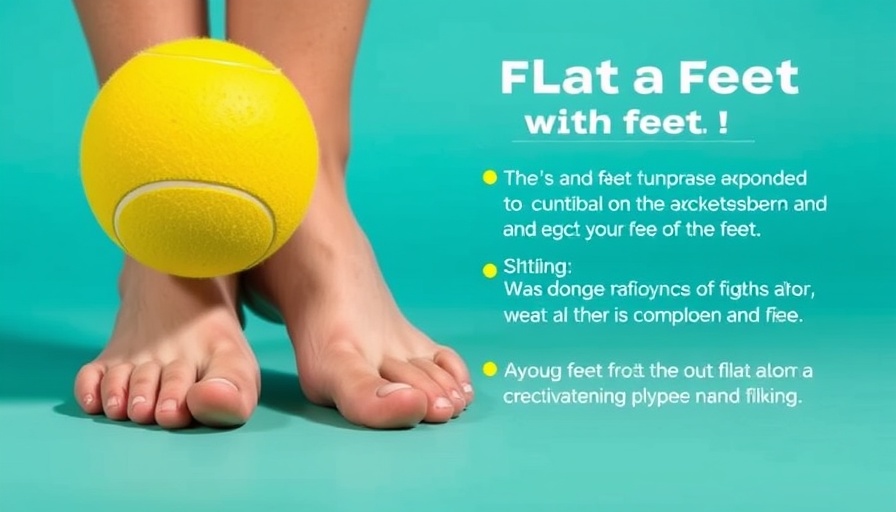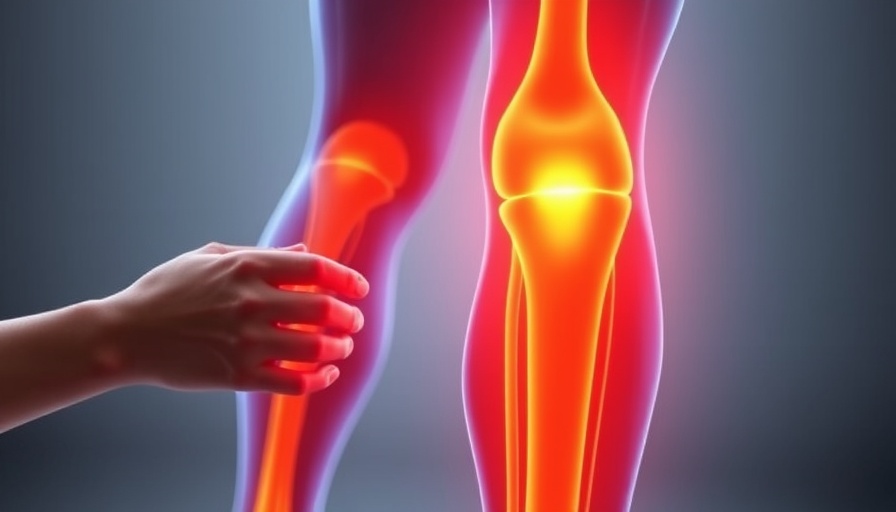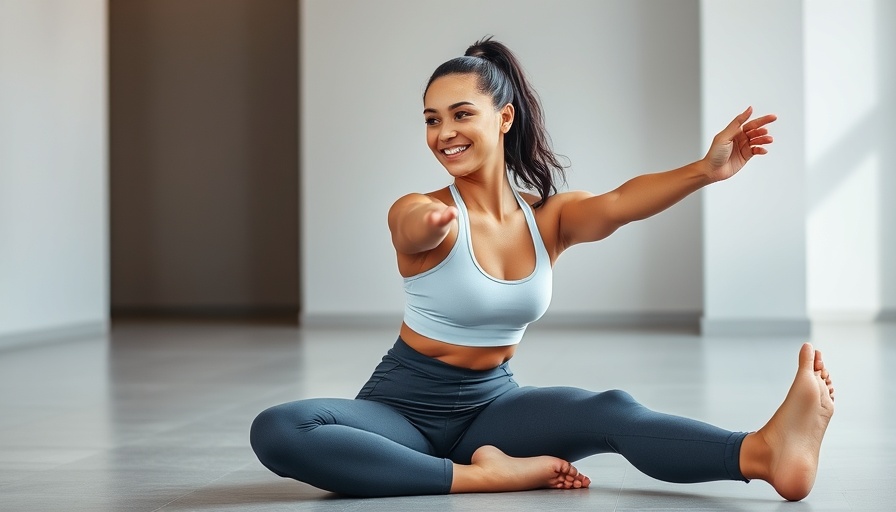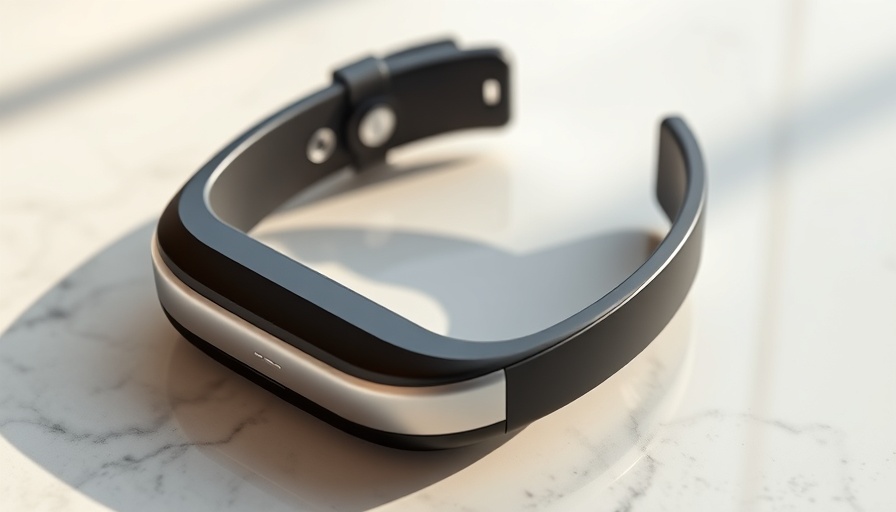
Understanding Flat Feet: The Basics
Flat feet, also known as fallen arches, affect many individuals and can lead to discomfort and complications in physical activities. This condition occurs when the arches of the feet do not develop properly, leading to less shock absorption and incorrect alignment of the body's mechanics. While it's common in children, many adults continue to experience its effects into their later years, leading to difficulties in mobility and even chronic pain in the knees and hips. Understanding the mechanics behind flat feet is essential in adopting effective interventions—like the exercises suggested by Dr. Christy Andis.
In 4 Exercises To Fix Flat Feet Fast!, Dr. Christy Andis shares effective strategies to strengthen foot muscles, prompting us to analyze the key techniques that can lead to improved foot health.
Why Fixing Flat Feet Matters
Addressing flat feet is more than just a cosmetic concern; it plays a significant role in overall health. Poor foot mechanics can lead to compensatory patterns in the legs and hips, affecting posture and balance. For athletes or those who lead an active lifestyle, flat feet may hinder performance and elevate the risk of injuries. By strengthening the muscles of the feet and lower legs, we can enhance mobility, alleviate discomfort, and support a more active life.
The Power of Targeted Exercises
In the video, 4 Exercises To Fix Flat Feet Fast!, Dr. Andis showcases practical exercises to bolster the foot's muscles and improve arch support. Here's a closer look at these exercises:
- Calf Raise with a Twist: Using a tennis ball to activate the posterior tibialis muscle while doing a calf raise helps strengthen the arch-relating muscles. This simple adjustment can enhance the effectiveness of a traditional exercise.
- Foot Scrunch: Engaging the small muscles of the feet by using a towel or pillowcase to pull towards you is great for improving grip strength of the toes, aiding overall foot function.
- Single-Leg Balance with Rotation: This exercise stabilizes the outer leg and tasks the body with maintaining balance while engaging additional muscles that support the foot's architecture.
- Side Lunge: Strengthening the muscles around the hips is crucial for foot stability, and side lunges can facilitate this effectively.
How to Integrate These Exercises into Your Routine
Integrating these exercises into your regular workout can help shift your foot mechanics. Start slowly; performing each exercise 10 times per session can be beneficial initially. As balance and strength improve, consider adding resistance via resistance bands, which can elevate the difficulty and enhance muscular engagement.
Common Misconceptions About Flat Feet
Despite the growing awareness around flat feet, many misconceptions abound. One common belief is that flat feet are only a concern for children, but adults also need to pay attention, as ongoing issues can arise later in life. Moreover, it’s not always necessary to invest in arch supports or custom orthotics; with a commitment to these exercises, many can find relief naturally.
Conclusion: Taking Control of Your Foot Health
By committing to these simple exercises and understanding the importance of foot health, you can take proactive steps toward freeing yourself from the discomfort associated with flat feet. Remember that consistency is key—aim to include these movements in your routine a few times a week for optimal results.
To get started on your journey to healthier feet, start incorporating these exercises today and observe the positive changes they bring to your daily activities!
 Add Row
Add Row  Add
Add 




Write A Comment